Blaen-y-Cwm Viaduct
Blaen-y-Cwm Viaduct
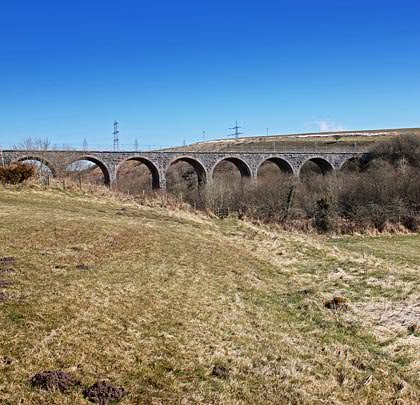
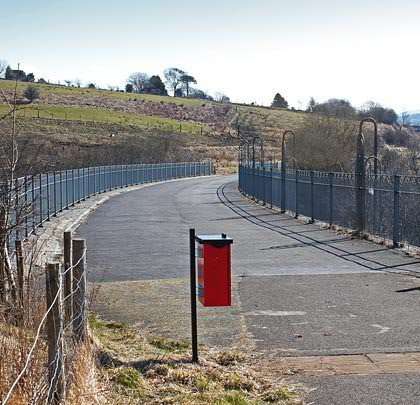
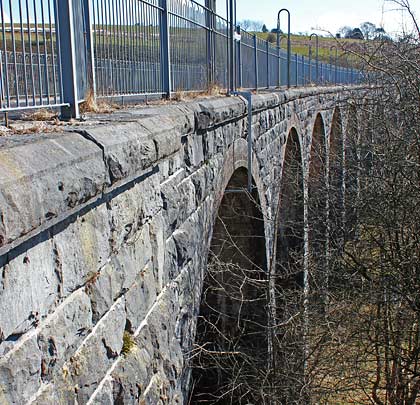
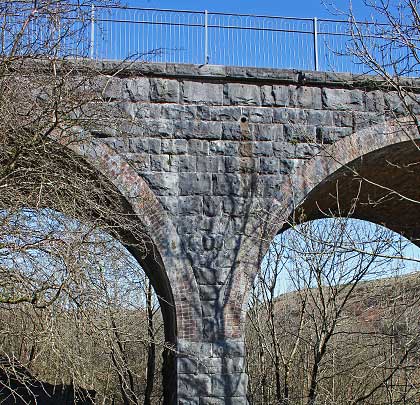
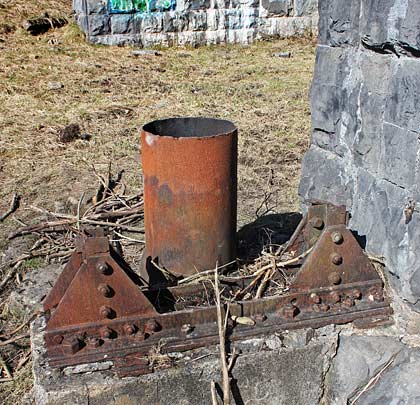
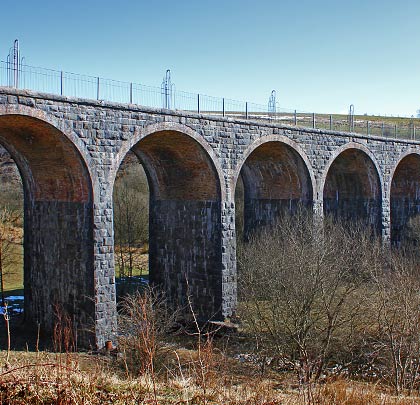
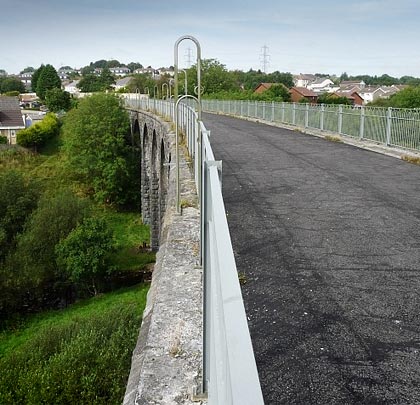







The Merthyr Tredegar & Abergavenny Railway was conceived as a servant of the Tredegar Iron Company, taking raw materials into the works and finished produce out of it. Driven by Crawshay Bailey, a major local industrialist, the company was incorporated by an Act of August 1859 and raised initial working capital of £150,000.
Under Chief Engineer John Gardner, the first section of route created a link from Brynmawr to Abergavenny, climbing over 1,000 feet at gradients as steep as 1:34. Bailey’s wife cut the first sod in June 1860. Whilst the engineering was remarkable, the company’s balance sheet looked dire, causing the London & North Western Railway to intervene in November 1861, taking the project over. With finances stabilised, this ten miles of single track opened on 29th September 1862.
The four miles from Brynmawr westwards to Nantybwch, north of Tredegar, was bridged early in 1864. At its western end, the line crossed a double-track viaduct of 110 yards in length, curving to the south on a radius of about 15 chains. Crossing the Sirhowy River, it comprises nine 30-foot spans, the arches being built of four brick rings whilst the rest of the structure is limestone.
The railway’s missing link from Nantybwch into Merthyr was opened in stages, with the through route completed in 1873. Four years later, the original single-track section was doubled to maximise traffic flows, involving second bores for the Clydach and Gelli Felen tunnels.
With maintenance costs expected to rise, British Rail closed the line in 1958, bringing an annual saving of £60,000. The very last train – a commemorative special – ran on Sunday 5th January, crewed by driver Lewis, fireman Hinton and guard Hubert James, all from Abergavenny.
The viaduct was given a Grade II listing in May 1952. Ironwork below Span 4, together with the piers’ extended footings, suggest that a footbridge formerly crossed the river here. Now though the viaduct itself is used by the public as it was reopened in 2008 to form part of the National Cycle Network’s Route 46. The parapet walls, which were missing or damaged, have been replaced with fencing as part of the structure’s refurbishment.
(Robin Drayton’s photo, taken from Geograph, is used under this Creative Commons licence.)







